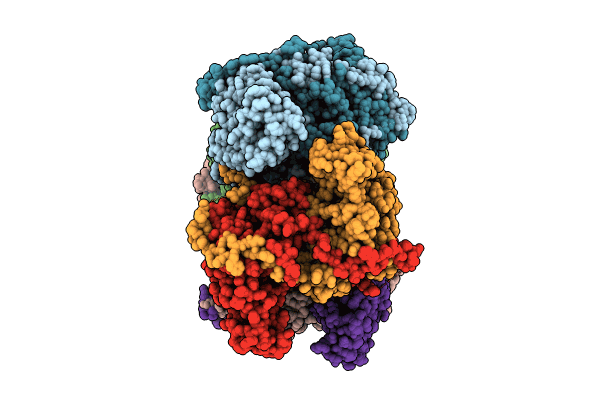
Deposition Date
2023-10-28
Release Date
2024-07-24
Last Version Date
2025-07-09
Entry Detail
PDB ID:
8QZP
Keywords:
Title:
Structure of the non-mitochondrial citrate synthase from Ananas comosus
Biological Source:
Source Organism:
Ananas comosus (Taxon ID: 4615)
Host Organism:
Method Details:
Experimental Method:
Resolution:
4.15 Å
Aggregation State:
PARTICLE
Reconstruction Method:
SINGLE PARTICLE


